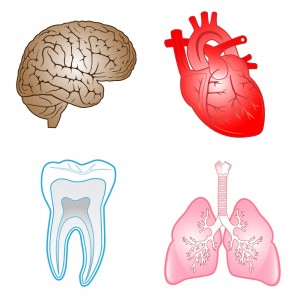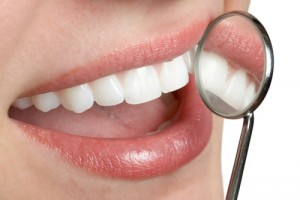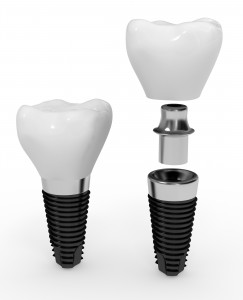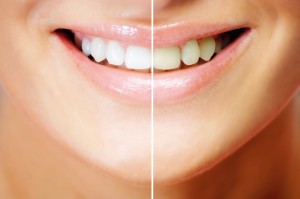 As we’ve mentioned on this blog before, gum disease doesn’t just affect your oral health—it’s also been linked to a wide array of health problems in the rest of the body, and that includes diabetes.
As we’ve mentioned on this blog before, gum disease doesn’t just affect your oral health—it’s also been linked to a wide array of health problems in the rest of the body, and that includes diabetes.
For a while, researchers weren’t sure what the exact nature of that relationship was, but we have a better understanding of it today. It turns out the relationship goes two ways. Gum disease raises the body’s blood sugar levels, increasing the risk of diabetic complications. Meanwhile, because of how diabetes affects blood sugar levels, diabetics have an increased risk of developing the disease in the first place.
All of which means that if you have diabetes, seeing Dr. Duane Keuning or Dr. Greg Riley twice a year for checkups is important—and not just if you have diabetes. Every patient can benefit from seeing a dentist twice a year. That’s because a majority of Americans have some form of gum disease, even if it’s very mild.
During your visit with our Juno Beach dental team, we can offer you home care tips to keep in mind, or we can put together a more advanced therapy plan if we need to. Some of the most common treatments for gum disease include scaling, root planing, antibiotics, and surgery.
Are you a diabetic with concerns about gum disease? Call Juno Beach Restorative & Aesthetic Dentistry today for an appointment with Dr. Riley or Dr. Keuning. We offer effective cosmetic and restorative care to Juno Beach, North Palm Beach, Palm Beach Gardens, Tequesta, and Jupiter.

 Not everyone has the same level of risk when it comes to developing cavities. Knowing what risk factors are associated with them can help you protect your smile and improve your oral health. That’s what today’s post is all about. If you have any questions afterwards, feel free to
Not everyone has the same level of risk when it comes to developing cavities. Knowing what risk factors are associated with them can help you protect your smile and improve your oral health. That’s what today’s post is all about. If you have any questions afterwards, feel free to  , we talked about the history of teeth whitening. Today, we’d like to focus on another popular service—
, we talked about the history of teeth whitening. Today, we’d like to focus on another popular service— We think of
We think of